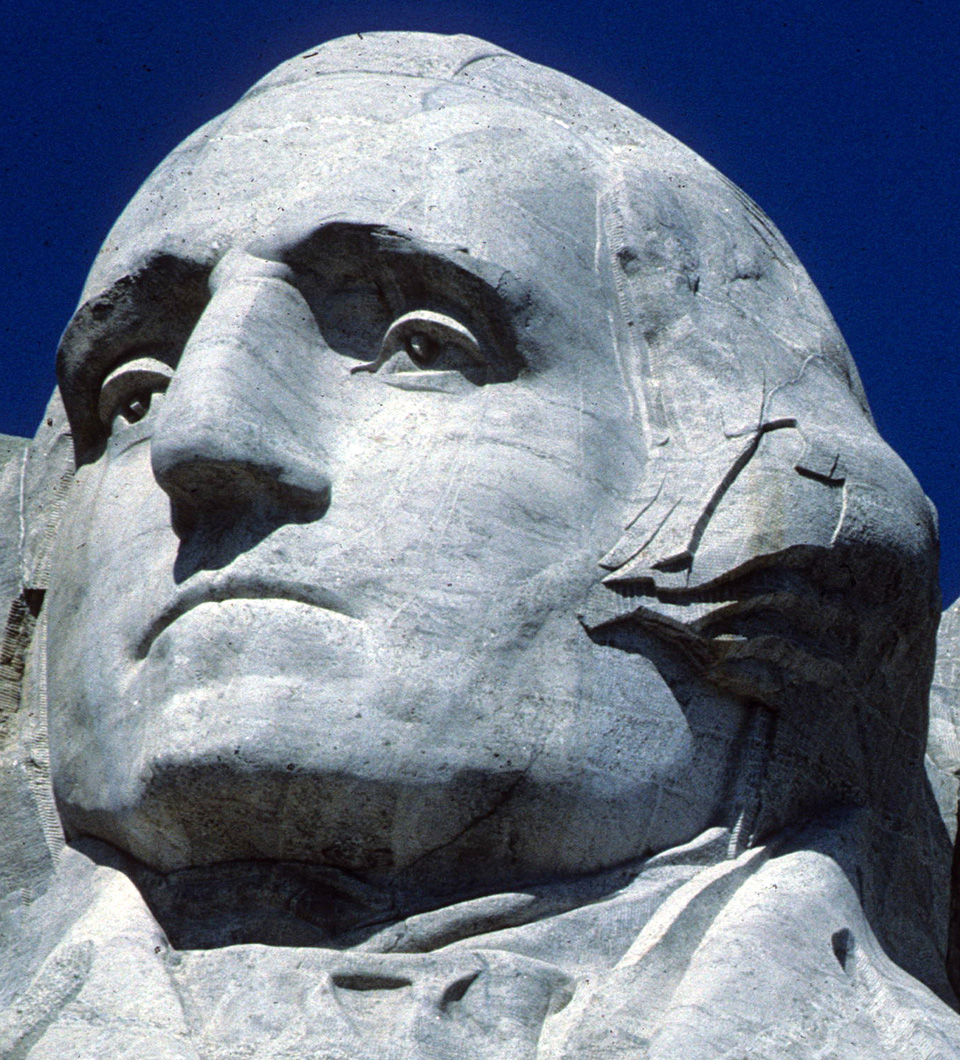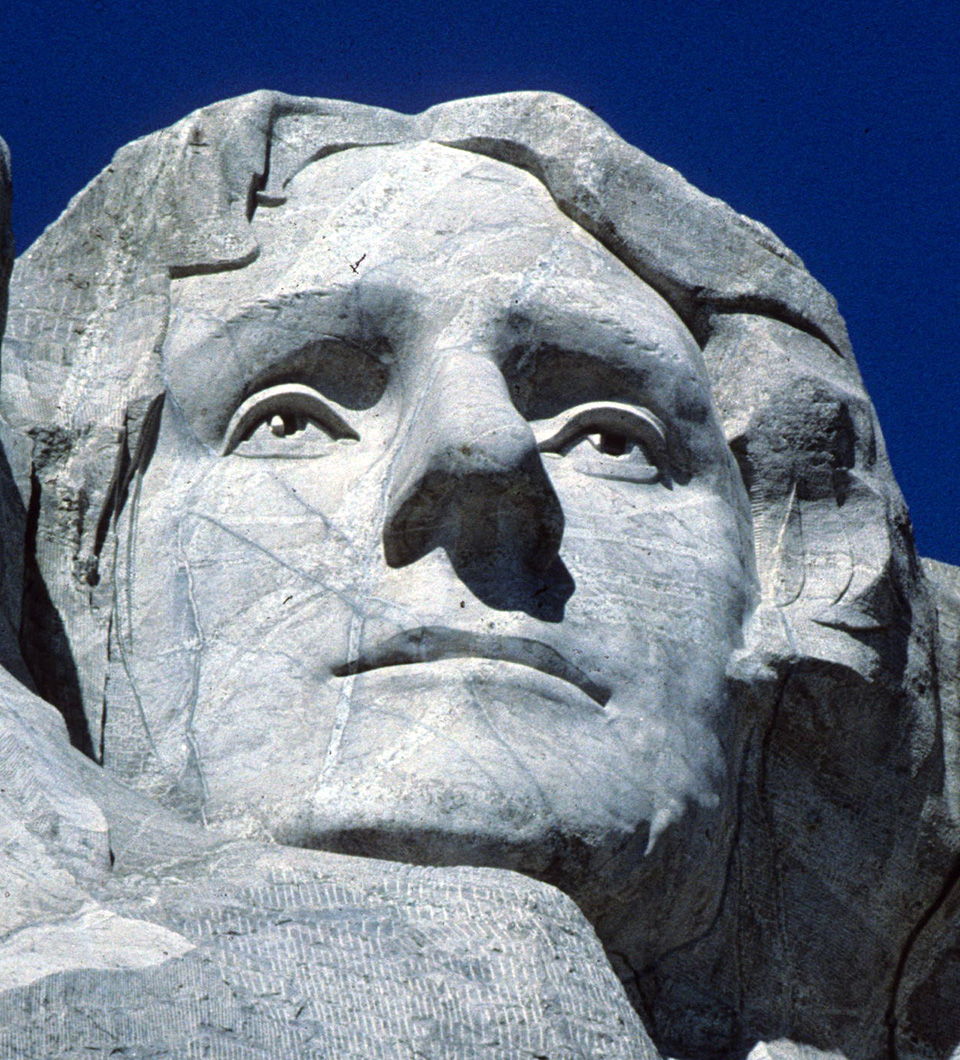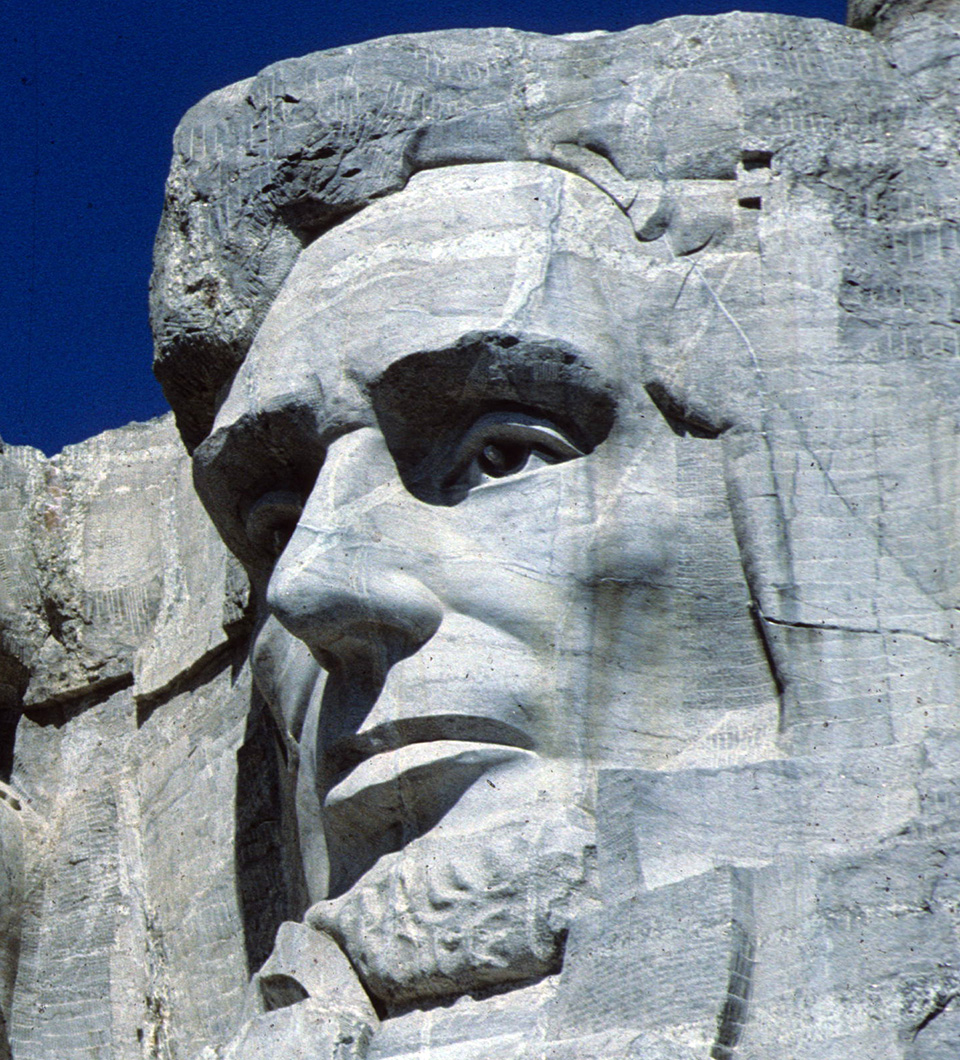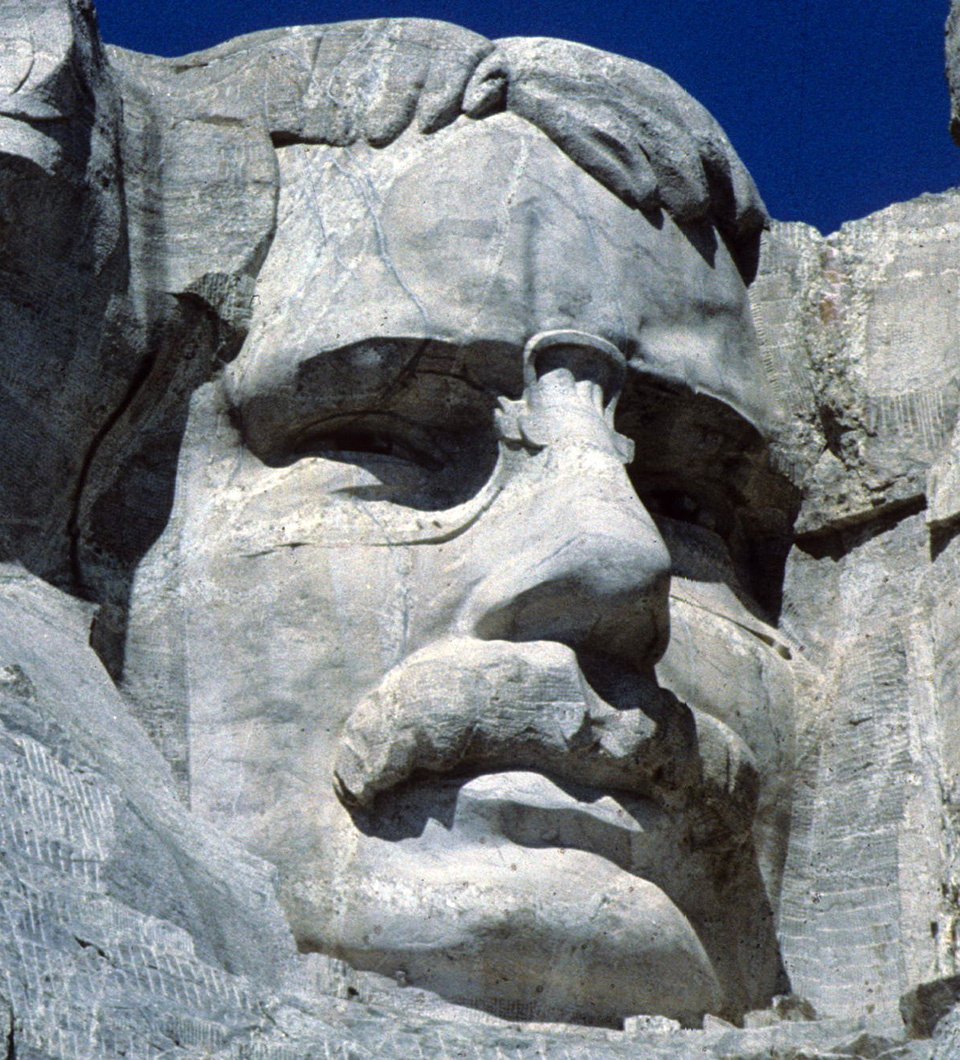Part
01
of one
Part
01
Why each of the four US presidents was selected for Mt Rushmore?
Key Takeaways
- As a way to attract more tourists to his state, a South Dakota historian, Doane Robinson, came up with the idea of carving large figures into the Black Hills. Robinson’s original idea was to sculpt several giant natural granite pillars depicting the heroes of the American West such as Red Cloud, the Sioux chief who signed the Fort Laramie treaty.
- Gutzon Borglum, one of the world’s only artists with large-scale stone carving experience at the time, found the perfect place, he disagreed with Robinson’s idea of sculpting the heroes of the American West. According to him, it was best if the sculptures represented the “founding, growth, preservation, and development of the United States of America.”
- According to a professor of United States history at Texas Christian University, Gene A. Smith, Borglum “picked four presidents he thought represented major accomplishments in the American story.”
Introduction
Despite all the controversies surrounding Mount Rushmore, it still attracts approximately 3 million tourists every year. This report provides insight into Mount Rushmore's history, why the four presidents (George Washington, Thomas Jefferson, Theodore Roosevelt, and Abraham Lincoln) were chosen for the monument, as well as the fifth face that was briefly considered.
Mount Rushmore’s History
- As a way to attract more tourists to his state, a South Dakota historian, Doane Robinson, came up with the idea of carving large figures into the Black Hills. Robinson’s original idea was to sculpt several giant natural granite pillars depicting the heroes of the American West such as Red Cloud, the Sioux chief who signed the Fort Laramie treaty.
- To bring his idea to life, Robinson reached out to one of the world’s only artists with large-scale stone carving experience at that time, Gutzon Borglum. After visiting the area in 1925, Borglum settled on Mount Rushmore as the best location for the project.
- According to ThoughtCo, Borglum picked Mount Rushmore because of the “cliff's height above the surrounding area; its composition of granite, which would be slow to erode; and the fact that it faced southeast, to take advantage of the rising sun each day.”
- However, while Borglum found the perfect place, he disagreed with Robinson’s idea of sculpting the heroes of the American West. According to him, it was best if the sculptures represented the “founding, growth, preservation, and development of the United States of America.”
- To him, George Washington and Abraham Lincoln were the best choices as they would give the sculpture a national, and not just local, significance. He was able to convince Robinson. He then made the decision to include Thomas Jefferson and Theodore Roosevelt on the list for their contributions to the birth of democracy and the growth of the country.
- According to a professor of United States history at Texas Christian University, Gene A. Smith, Borglum “picked four presidents he thought represented major accomplishments in the American story.”
Why Each of the Four Presidents Was Chosen
According to the National Park Service (NPS), Borglum chose George Washington, Thomas Jefferson, Theodore Roosevelt, and Abraham Lincoln because from his point of view, they “represented the most important events in the history of the United States.”
George Washington
- President Washington, the first president of the United States, led the colonists in the American Revolutionary War and his skills as a leader helped the country gain independence from Great Britain. As a result, he became the “father of the new country and laid the foundation of American democracy.” He represents the birth of the United States and it is for this reason that Borglum picked him to be the most prominent figure on the mountain.
Thomas Jefferson
- The third president of the United States, Thomas Jefferson, was the primary author of a document that inspires democracies around the world, the Declaration of Independence. Additionally, he bought the Louisiana Territory from France in 1803, doubling the size of the country. This added all or part of the fifteen present-day states according to NPS. Therefore, Borglum chose Jefferson for his major contribution to the declaration of independence as well as for helping to double the size of the country.
Abraham Lincoln
- Abraham Lincoln, the 16th president of the United States, is considered by many as the best president the country has ever had. He was very instrumental in the abolishment of slavery as he believed all men are created free and equal. Lincoln also held the country together during one of its most trying times, the Civil War, and Borglum chose him to portray the preservation of the United States.
Theodore Roosevelt
- Theodore Roosevelt was the 26th president of the United States and his leadership led to the building of the Panama Canal which connects the east and the west. In addition to providing leadership when the country was experiencing rapid economic growth, Roosevelt also fought to end large corporate monopolies, ensuring the rights of the common working man. His “conservationism, willingness to take on big business, and progressive policies set the stage for important reforms of the 20th century.” As such, Borglum chose Roosevelt because he represents the development of the nation.
A Fifth Face?
- After the sculpting work began in 1927, Rose Arnold Powell, a women’s rights advocate, tried to ensure that at least one woman was included in the memorial. Powell wrote a letter to President Calvin Coolidge, making a case for another women’s rights activist, Susan B. Anthony, to be included in the sculpture. She was fighting for equality, stating that the nation’s greatest heroines should be honored together with the nation’s much-lauded heroes.
- Powell decided to ask the first lady, Eleanor Roosevelt, for help after her meeting and several letters addressed to Borglum bore no fruits. Nevertheless, Borglum opposed the idea even after the first lady sent him a letter.
- Limitations around adding the fifth face on the rock and lack of funding are some of the reasons Borglum gave when he denied the first lady’s request. However, according to the National Parks Conservation Association (NPCA), his main reason for refusing to add Anthony’s head to the monument was that it didn’t fit his artistic vision.
- He said, “No man living has a greater respect or a greater admiration for, or places women in a more lofty position in civilization than I do. I have resented all my life any and all dependence or second place forced upon our mothers, our wives or our daughters, as has been the history of men’s civilization, but I feel in this proposal that it is a very definite intrusion that will injure the specific purpose of this memorial.”
- A bill introduced to Congress recommending Anthony’s inclusion in the sculpture also stalled after the House Appropriations Committee stated funding would be limited.
- Coming up with what seemed like a compromise to him, Borglum promised to give Anthony a space in the “Hall of Records.” He was planning to build a Hall of Records room that would house some of the nation’s prominent figures as well as the most treasured documents such as the Declaration of Independence and the Constitution. However, plans for the Hall of Records room did not go very far after Borglum died in 1941, seven months before the sculpture was finished.
Research Strategy
For this research on the four US presidents selected for Mt Rushmore, we leveraged the most reputable sources of information that were available in the public domain, including the New York Times, National Parks Conservation Association (NCPA), History Television Network, and ThoughtCo.



